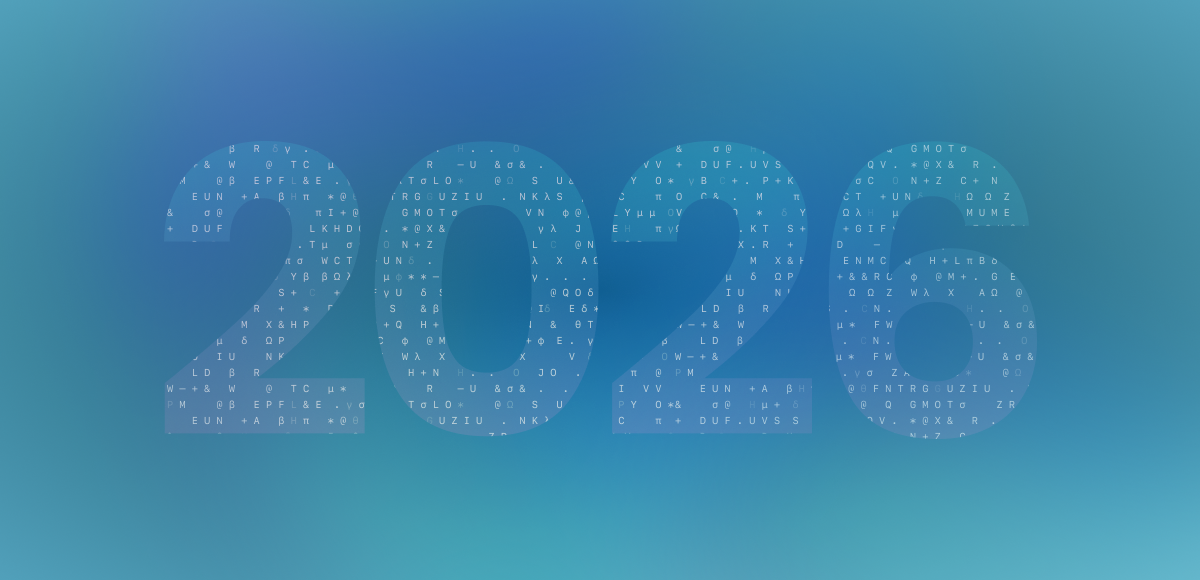Everything you need to know about IAB’s new ad portfolio
By Asaf Shamly | January 28, 2021

The IAB has recently released a new ad portfolio draft, that was open for public comments until December 22. The goal of this new ad portfolio is to assist publishers in the transition to come. IAB is expected to finalize the portfolio and publish it in early 2017. IAB is the Interactive Advertising Bureau, an organization designed to introduce new marketing methods and strategies that will improve user experience while viewing ads. The Bureau is responsible for producing different standards that would further advance the field of interactive advertising. Another aim of the Bureau is to educate advertising companies, brands and other businesses about the importance of marketing in the digital world.
IAB’s new ad portfolio is meant to facilitate and support several issues:
1. The need for new standardization for ad characteristics is growing, especially in a world where the size and shape of screens continue to proliferate. The change is significant because it means that ads will advance to a more responsive model rather than fixed units.
2. The prevalence of mobile usage is growing, and according to Google, mobile usage is higher than desktop and other connected devices. Yet, advertising standards didn’t keep pace with these advances in mobile websites and apps.
3. Bad user experience, on both mobile and desktop due to intrusive and disruptive ad formats such as auto-played video ads, sound enabled pop-ups, heavy-weight ads that affect page load time, data usage, and auto-expanded ads. In addition, we can learn that users feel disturbed due to the significant rise in ad blockers usage.
Most of the focus of the new guidelines is on flexibility. Previously, flexibility was a major issue for mobile developers. With the latest updates, the focus lies on aspect ratio based ad sizes that are flexible. These ads must also incorporate the LEAN principles that IAB has been propagating in the past. This means that the advertisements must be lightweight, should have support for AdChoices, and most importantly, must be non-intrusive.
A Big Change
“It’s a pretty big change for the IAB because we are moving away from fixed units and toward a more responsive model,” said Alanna Gombert, general manager at the IAB Tech Lab which developed the guidelines.
“The ad units will adjust themselves based on screen size,” she told Advertising Age.
IAB generally used to focus on fixed units. However, with the publication of these guidelines, which were in a two-month comment period and are now being extended to public comment period until early 2017, the IAB has begun to move towards a more agile model.
There are also significant revisions and other important requirements in the IAB ad portfolioguidelines, putting emphasis on the use of emojis, VR as well as 360-degree images. Basically, this means that once the guidelines are approved, you won’t have to worry about unwanted sounds from other tabs, the audio for ads must be initiated by the user, and there won’t be an issue of auto-played video ads.
It’s primarily designed to make the experience of advertising seamless and less intrusive. On top of that, expanding advertisements are also going away, ads will not be allowed to expand when you roll over or hover your mouse over them. In addition, ads which force the user to wait for a countdown before they can close the ad will no longer exist.
Another major benefit these new guidelines offer is that developers will no longer need to create a module for creating new advertisements for different screen sizes, as the ads will now adjust automatically.
LEAN Principles
The LEAN principles have been touted by the organization for several months, and it’s finally going into effect. As mentioned above, these principles push for ads becoming significantly less invasive in order to achieve better user experience, which is without any doubt a sacred value. The main goal is to permanently remove invasive advertising from the advertising landscape. You won’t have to worry about links loading up automatically when you are opening another tab. LEAN principles were designed to ensure that people can view ads without being irritated.
Flexible Ads
Previously, developers had to create separate modules for ads on mobile screens and for desktops. However, with the publication of these new guidelines, developers will be able to take advantage of flexible ad units. This would allow the same ad to be shown on different devices while being scaled automatically depending on the screen it’s being viewed on. The new standards will be based on the ad’s aspect ratio (1:1,1:2, 4:1, 10:1, etc.) For instance, the current specification of 300*50 pixels becomes 6:1. It is mainly for simplifying processes and defining standards and limitations for today’s formats. The specifications are based on HTML5 which adds flexibility to the format.
Delisted Ad Units
As a result of the new guidelines, a number of ad units have been permanently delisted. Here’s a brief list of all the ad units that were delisted by the IAB:
● 250 x 250- Square pop-up
● 240 x 400- Vertical rectangle
● 336 x 280- Large Rectangle
● 120 x 90- Button 1
● 125 x 125- Square Button
● 468 x 60- Full Banner
● 120 X 600- Skyscraper
The ad portfolio states that the changes will bring more control to the users as user experience is becoming more important and valuable. These new rules are likely to be a positive change in the online advertising landscape.
Latest Articles
-

What the RSL Standard Signals About the Future of Visibility in 2026
When Reddit, Yahoo, Medium, and several of the web’s biggest content platforms announced a new Really Simple Licensing (RSL) standard, most coverage focused on the politics: platforms finally demanding compensation from AI companies; a new legal framework for training data; the good old open-web fight. But if you take one step back, something bigger comes into focus. For the first time, publishers are trying to engineer visibility - not for users, but for AI agents. And advertisers should be paying attention.
View Now -

When the Pipes Change, So Do the Rules: What OpenAds and AdCP Signal for Advertisers
Programmatic’s foundations are shifting. As control moves closer to publishers and planning logic becomes more open and inspectable, two developments - OpenAds and AdCP - are redefining how ad decisions are made. Together, they signal a new era where fewer intermediaries, clearer signals, and transparent coordination reshape the rules for advertisers.
View Now -

When AI Becomes the Storefront, Advertisers Need to See Beyond the Chat Window
ChatGPT Shopping quietly introduced a massive shift: AI is becoming the new storefront. Discovery, comparison, and checkout now happen inside a single conversation - no website required. For advertisers, this means visibility depends on how well their message can be interpreted, ranked, and surfaced by AI systems that control attention.
View Now
